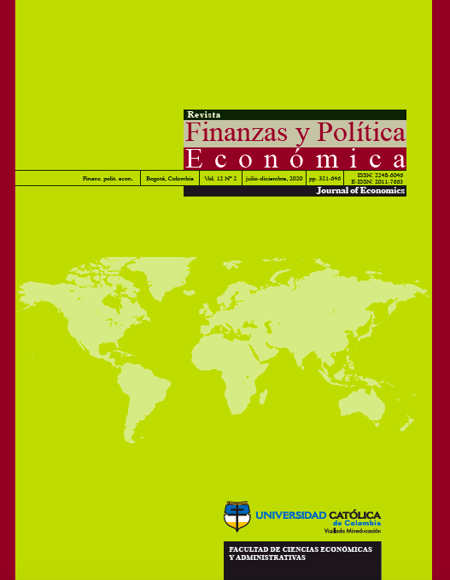
This work is licensed under a Creative Commons Attribution-NonCommercial-ShareAlike 4.0 International License.
This journal is licensed by a Creative Commons Attribution License (CC BY-NC-SA 4.0) Attribution-Non Commercial 4.0 International. For the CC licenses, the principle isthe creative freedom. This system complements the copyright without opposing it, conscious of its importance in our culture. The content of the articles is the responsibility of each author, and does not compromise in any way, to the journal or the university. It allows the transmission and reproduction of titles, abstracts and full content, with academic, scientific, cultural ends, provided acknowledgment of the respective source. This work cannot be used for commercial purposes.
They journal does not charge authors for submission or publication.
Abstract
Durante la historia, la humanidad ha tenido que afrontar, investigar y superar innumerables enfermedades infecciosas las cuales han tenido alcances de epidemia y de pandemia. Existen datos de muchas epidemias de influenza como la que se expandió por Mesopotamia y Asia meridional, hacia el 1200 a C., hasta la pandemia de gripe de influenza (1889-1890); diversas epidemias de pestes bubónicas producidas por el patógeno yersinia pestis, como la plaga de Justiniano (541-542), que se originó en el Imperio Romano y se extendió en Europa y Asía del Este, la Peste Negra (1346-1356), la Plaga Rusa (1770-1772), entre otras epidemias de este patógeno que se expandieron por diversas ciudades de Europa, África, y Norte América durante el siglo XVI y XVII.
Keywords

References
2. Brooks, D. (2020). Las vacunas para el covid-19 que se están desarrollando en América Latina (además de la de AstraZeneca-Oxford). Retrieved August 14, 2020, from https://www.bbc.com/mundo/noticias-america-latina-53774309
3. CEPAL. (2020a). Enfrentar los efectos cada vez mayores del COVID-19 para una reactivación con igualdad: nuevas proyecciones. Santiago. Retrieved from https://www.cepal.org/es/publicaciones/45782-enfrentar-efectos-cada-vez-mayores-covid-19-reactivacion-igualdad-nuevas
4. CEPAL. (2020b). Informe sobre el impacto económico en América Latina y el Caribe de la enfermedad por coronavirus (COVID-19). Publicación de las Naciones Unidas. Santiago. Retrieved from https://www.cepal.org/es/publicaciones/45602-informe-impacto-economico-america-latina-caribe-la-enfermedad-coronavirus-covid
5. Johns Hopkins University & Medicine. (2020). COVID-19 Dashboard by the Center for Systems Science and Engineering at Johns Hopkins University. Retrieved October 12, 2020, from https://coronavirus.jhu.edu/map.html
6. Kitroeff, N., & Taj, M. (2020). Los villanos del virus en Latinoamérica: especuladores de equipos de protección y funcionarios corruptos. Retrieved from https://www.nytimes.com/es/2020/06/20/espanol/america-latina/corrupcion-coronavirus-latinoamerica.html
7. Serrano-Cumplido, A., Antón-Eguía Ortega, P. B., Ruiz García, A., Olmo Quintana, V., Segura Fragoso, A., Barquilla Garcia, A., & Morán Bayón, A. (2020). COVID-19. La historia se repite y seguimos tropezando con la misma piedra. Semergen, 46(1), 48–54. https://doi.org/10.1016/j.semerg.2020.06.008
8. Stringham, E. P. (2020). Nobel Laureate Michael Levitt on the Lockdowns: “I think it is a huge mistake.” Retrieved May 31, 2020, from https://www.aier.org/article/nobel-laureate-michael-levitt-on-the-lockdowns-i-think-it-is-a-huge-mistake/
9. Turkewitz, J. (2020). Aumentan las masacres en Colombia a pesar del acuerdo de paz. Retrieved from https://www.nytimes.com/es/2020/09/13/espanol/america-latina/colombia-protestas-masacres.html





























